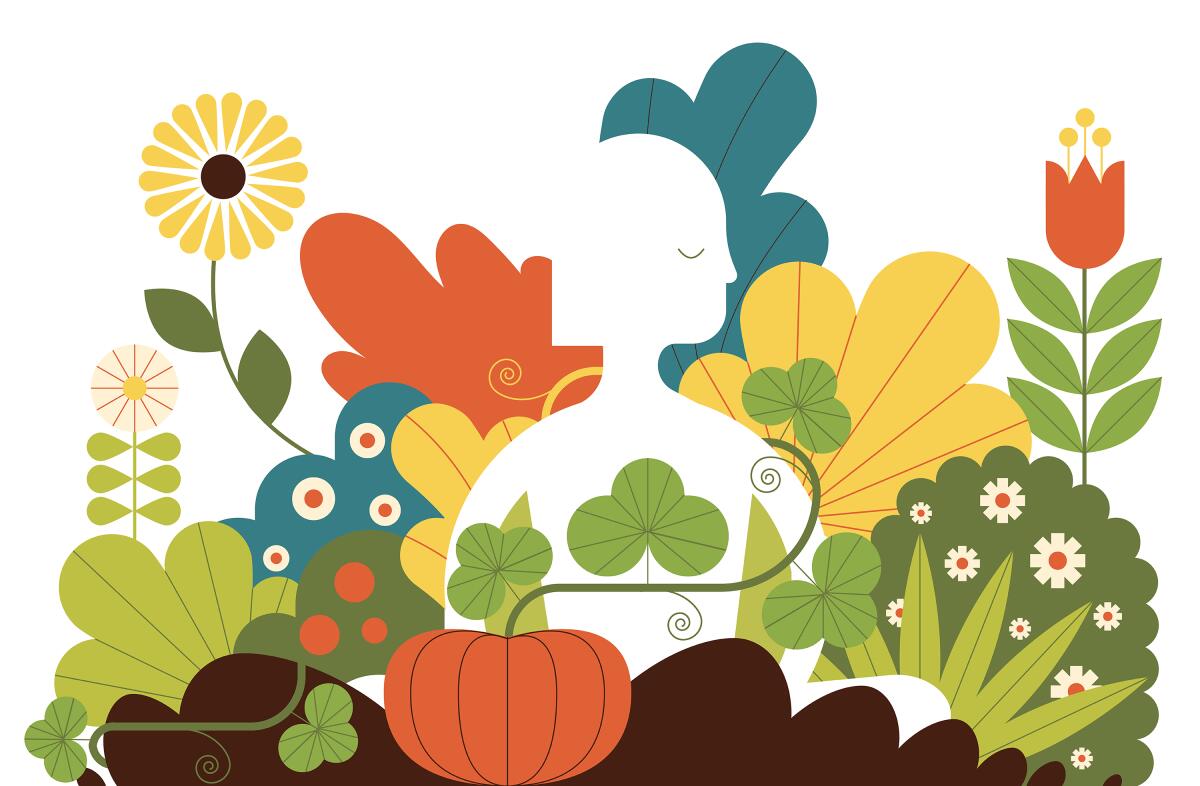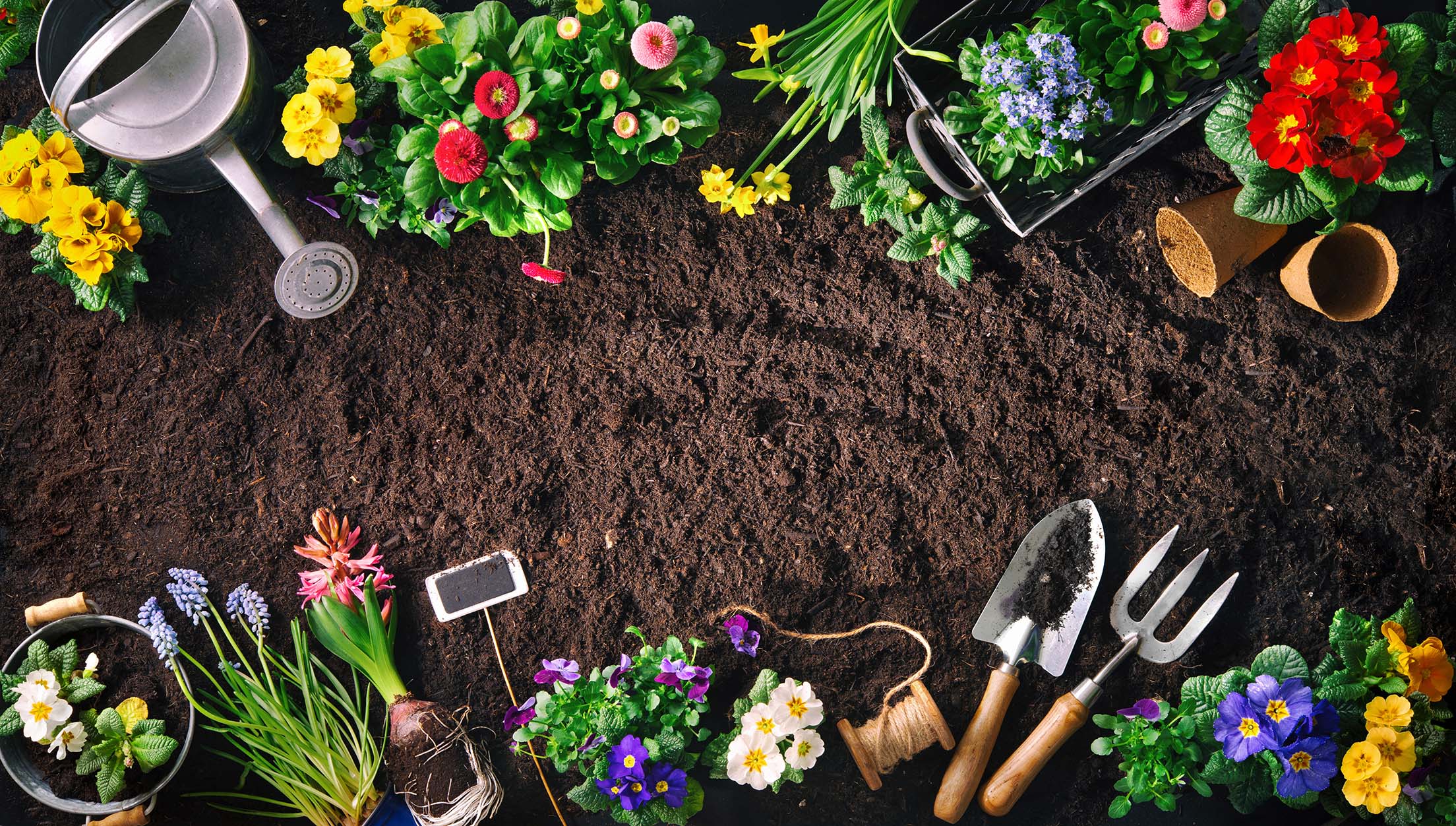Imaginative Gardening Tips for Little Areas: Maximize Your Urban Garden
Imaginative Gardening Tips for Little Areas: Maximize Your Urban Garden
Blog Article
Professional Gardening Tips for Producing a Lasting and Eco-Friendly Garden
Embarking on the journey to develop a sustainable and environmentally friendly yard includes a collection of purposeful options and methods that not only improve the elegance of your space but likewise add positively to the setting. To uncover more useful strategies and professional insights, let us discover the crucial aspects that define an ecologically conscious garden.
Pick Native Plants
Selecting native plants for your yard is a fundamental action toward attaining sustainability. In addition, indigenous plants usually need less water once developed, adding to much more efficient water usage.
Beyond their useful advantages, indigenous plants play a crucial role in sustaining neighborhood biodiversity. They supply crucial environment and food sources for indigenous wild animals, consisting of pollinators such as bees, butterflies, and birds. This fosters a well balanced environment, which is important for the wellness of your garden and the surrounding environment.

Implement Water Conservation
Executing water preservation strategies is vital for keeping a lasting garden. Effective water use not only decreases the ecological influence but additionally makes sure that plants obtain sufficient hydration without waste. One effective technique is to use drip irrigation systems, which provide water straight to the plant roots, reducing dissipation and overflow. This targeted strategy can dramatically decrease water use contrasted to traditional lawn sprinklers.
On top of that, mulching is an important method for saving water. By using a layer of organic mulch, such as wood chips or straw, around the base of plants, gardeners can reduce soil evaporation and keep consistent dampness levels. Compost likewise helps control soil temperature level and reduces weed growth, further adding to plant health.
Rainwater harvesting is an additional sustainable approach. Installing rainfall barrels or various other collection systems permits gardeners to catch and save rain, which can later on be made use of during completely dry durations. This not only saves municipal water however additionally supplies an all-natural, chemical-free source for irrigation.
Lastly, selecting drought-tolerant plant varieties can dramatically reduce water needs. These plants are adapted to thrive in low-water conditions, making them optimal for eco-friendly yards. gardening tips. Implementing these water preservation approaches will certainly cultivate a durable, sustainable yard
Usage Organic Horticulture Approaches

Pest monitoring in a natural yard depends on incorporated pest monitoring (IPM) strategies. These include motivating beneficial bugs, making use of natural predators like lacewings and ladybugs, and executing crop rotation to disrupt pest life cycles. Companion growing, where specific plants are expanded together to push back pests or bring in useful bugs, is one more effective technique.
Weed control is taken care of through mulching and hands-on removal, as opposed to counting my response on herbicides. Compost not only subdues weeds but likewise saves dampness and improves soil health and wellness as it damages down. Organic composts, such as straw, wood chips, and leaves, are specifically beneficial.
Create Wildlife Environments
Producing wildlife habitats within your yard not only boosts biodiversity yet likewise sustains the community's equilibrium. By creating areas that draw in and maintain neighborhood animals, you can create a thriving micro-ecosystem that profits both animals and plants. Beginning by integrating indigenous plants, as these are appropriate to your neighborhood environment and give vital food and shelter for wildlife. Indigenous flora sustains a series of pests, birds, and tiny animals, adding to the environmental network.
Consider including a water function, such as a fish pond or birdbath, to give a regular water source. Water elements draw in a selection of types, from amphibians to pollinators, enhancing the yard's vigor. Additionally, installing birdhouses, bat boxes, and insect resorts supplies secure nesting websites Discover More Here and motivates biodiversity.
Leave some locations of your garden undisturbed, allowing leaf trash and dropped branches to accumulate. By prioritizing these sustainable methods, your yard can end up being a refuge for local wild animals, promoting environmental health and wellness and sustainability.
Practice Composting and Mulching
A vital facet of lasting gardening, composting and mulching, significantly boosts soil health and reduces waste. Composting involves recycling organic products such as cooking area scraps, turf trimmings, and leaves. These materials decay to create nutrient-rich compost, which works as an all-natural fertilizer. Unlike synthetic fertilizers, garden compost enhances the dirt with important nutrients and helpful microorganisms, cultivating a much healthier garden community.
Mulching, on the other hand, entails covering the dirt surface with organic or inorganic materials, such as straw, wood chips, or shredded fallen leaves. This method offers several benefits: it saves dirt wetness, subdues weed growth, and moderates soil temperature. Compost additionally slowly breaks down, including natural issue to the soil and additional boosting its fertility.
To exercise efficient composting, guarantee your compost heap has a balance of green products (abundant in nitrogen) and brownish materials (rich in carbon), preserving adequate aeration and dampness. gardening tips. Frequently turning the stack speeds up disintegration. For mulching, apply a 2-3 inch layer around plants, guaranteeing it does not straight speak to stems or trunks to avoid rot
Conclusion

Choosing indigenous plants for your yard is a basic action toward achieving sustainability.Furthermore, integrating indigenous plants can boost the visual allure of your garden. These plants are adapted to thrive in low-water conditions, making them ideal for environment-friendly gardens. Applying these water preservation techniques will cultivate a durable, sustainable yard.
In final thought, developing a lasting and environmentally friendly yard includes the critical choice of native plants, the adoption of water conservation methods, and the application of organic gardening methods.
Report this page